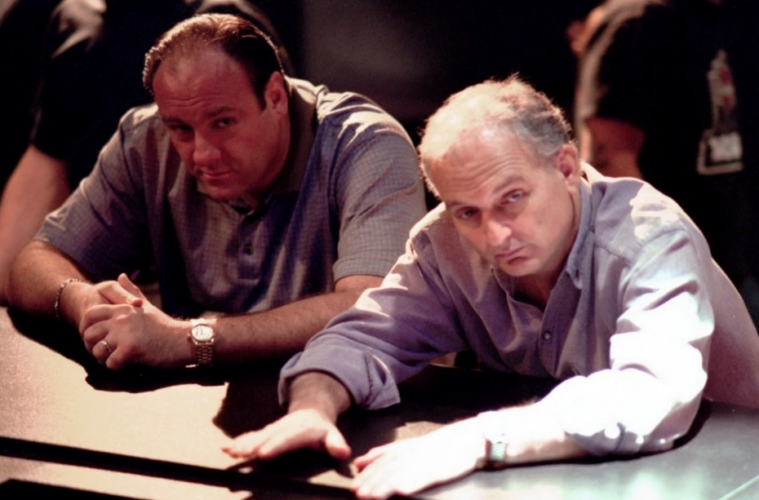
Dailies is a round-up of essential film writing, news bits, and other highlights from across the Internet. If you’d like to submit a piece for consideration, get in touch with us in the comments below or on Twitter at @TheFilmStage.
Catherine Deneuve tells Le Figaro she and the Cannes jury “decided too rapidly” giving Pulp Fiction the Palme d’Or in 1994 (via Richard Brody):
“Not everyone spoke English. We were very restricted & restrained in our freedom of discussion. I felt that we didn’t have enough meetings, spontaneous & casual discussions. And even the final choice of the Palme d’Or was decided too rapidly.”
Tahar Rahim, Haifaa Al-Mansour, Nadine Labaki, and Panos H. Koutras have joined Isabella Rossellini for the Cannes Un Certain Regard jury.
Vulture‘s Matt Zoller Seitz interviews David Chase on Twin Peaks:
I would describe them both as surrealists, although they’re different artists. I wouldn’t say we labored under their influence on The Sopranos, because the function of the dreams on our show was a little bit different. Tony Soprano was seeing a psychologist. The dreams were supposed to be interpretable. I don’t think David Lynch’s dreams were like that at all. You have to remember, our main character is in therapy, and a big part of that is him talking about his dreams and fantasies with Dr. Melfi. The idea was to take what is mysterious and make it revelatory and pertinent. The dreams on our show were meant to be interpreted. But sometimes dreams were carrying the plot for us.
Watch Every Frame a Painting’s video essay on the poetry of details in the films of Lynne Ramsay:
George Miller prefers you see Mad Max: Fury Road in 2D:
In case you are wondering whether to see FURY ROAD in 2D or 3D: pic.twitter.com/b1PLCj7BBg
— Peter Labuza (@labuzamovies) May 7, 2015
Francis Ford Coppola has been given Spain’s top arts prize, the Princess of Asturias award, AFP reports.
Hammer to Nail reports from The First Annual Nitrate Picture Show in Rochester, NY:
Each individual film became an event. I’d seen movies like Casablanca (cruelly) and Leave Her to Heaven (one of my favorites) dozens of times on splotchy DVD transfers, but I had never seen them like this. None of these prints, the majority of which were from the 1940s, showed any signs of discoloration. Colors on nitrate are exactly as they were meant to be seen. Nitrate retains the tactile textures of acetate prints, but with more depth: the fiery beams of hard light that play on the backgrounds during the last act of Powell and Pressburger’s Black Narcissus had actual dimension and stood out like bloody gashes on the frame. Even the slight flaws of the old prints were sort of endearing: when films deteriorate they don’t do so evenly, making “shrunken” prints thinner in some places than others. While there’s enough wiggle room in the perf for the shrunken stretches to safely fit on the sprockets, the film will occasionally lose focus. A projectionist in the audience said that they often have to ride the lens, choosing which part of the frame to focus on in the damaged sections causing a weirdly individualized experience. Historian and critic David Bordwell was sitting next to the projectionist, and upon hearing this exclaimed “the projectionist as auteur!” The fact that this comment elicited an appreciative collective guffaw from the surrounding rows probably tells you quite a bit about the festival’s clientele.
More marquees like this, please. pic.twitter.com/WurG0PTjhi — The Film Stage (@TheFilmStage) May 7, 2015

